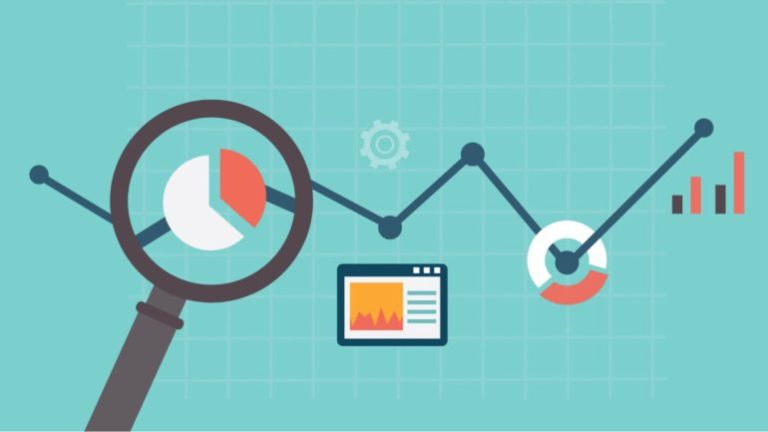Although various experts tell you about the stages of a business lifecycle in different ways, one fact remains true and consistent through all of the methods: after a company’s start-up phase, but before the business reaches full maturity, a phase of growth and expansion occurs with most businesses. Although all stages of a business’s lifecycle present their own unique challenges and opportunities, the “growth” phases are the most crucial to a company’s true success.
The 5 Stages of a Business Lifecycle:
- Idea Development
- Start-up
- Growth and Establishment
- Growth and Expansion
- Maturity
- Invest Profits Back into the Company – When a company is in its growth phase, the smartest way to use profits is often putting them right back into the company – rather than distributing investor dividends, taking money out of the company or paying down long-term debt. You can invest profits back into your company to cover cash flow shortages, improve service delivery, spend on smart sales and marketing strategies or to further develop the expansion of your product or service offerings.
- Seek Outside Funding – Although this should typically be a last resort, it is not uncommon for growing businesses to seek outside funding during a growth phase. This is sometimes referred to as a series B round of funding. Growing companies in need of additional working capital have two options for seeking outside funding: by selling equity to investors or by taking on debt. If you sell equity to outside investors, be sure you get enough so you don’t need to go back for a second round. That’s where you get more significant dilution of your ownership stake. (I know this from experience)
- Pull the Levers of Your Key Performance Indicators – With consistent financial statements, accurate data and robust management reporting and accounting, you can use your company’s finances to reveal specific ways you can make adjustments to enable growth, improve cash flow, reduce overhead and increase margins. Make sure your management reports show how much profit you generate from the decisions you made in the past, including your most profitable marketing campaigns, your most profitable clients, sales reps that generate the most profits, etc. – If you study what caused profits in the past you increase the likelihood of increased profits in the future.
- Grab a free copy of my EBook
- Grab a bunch of solutions to some of the most common business problems
- Join the Business Optimiser Dojo to connect with businesses who want more from their businesses
- Join our Profit Multiplier Program and be a Case Study




